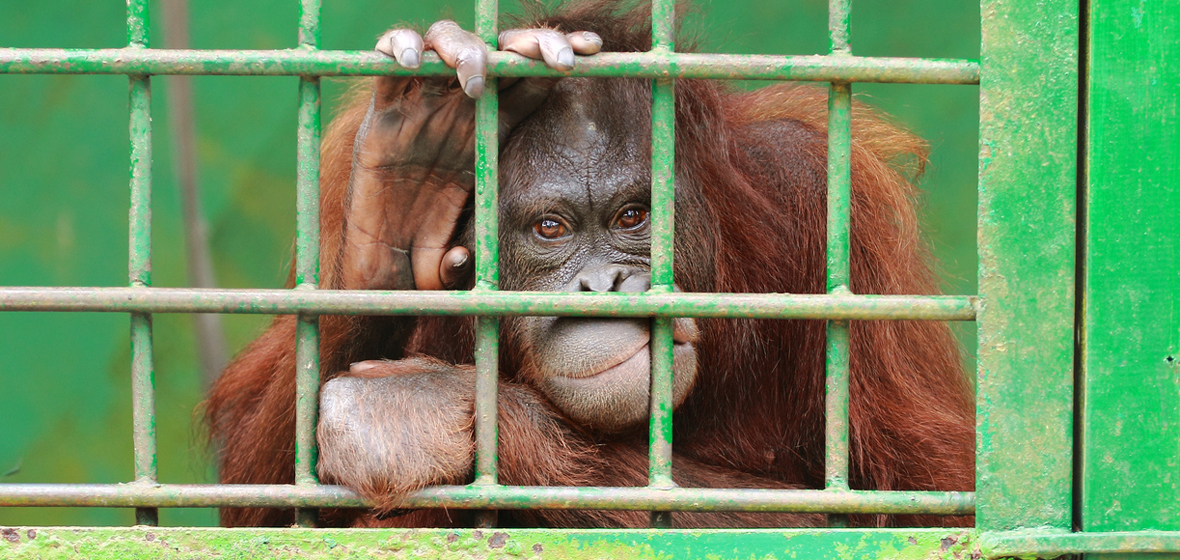Snapshot
- The status of legal personhood grants rights and privileges to a number of living and non-living entities, but currently excludes non-human animals, which are treated as property.
- Recent actions brought by the Nonhuman Rights Project, a non-profit group in the United States, are compelling judges to consider the pre-requisites for legal personhood and the rationale for denying legal recognition to certain highly intelligent and complex non-human animals.
What do humans, corporations, ships and the Whanganui River in New Zealand have in common? They are all recognised as legal entities capable of possessing legal rights. Absent from this privileged list are those non-human animals with whom we share many characteristics, such as high cognitive ability, practical autonomy, complex social structures, and the capacity to feel pain.
Despite these common traits, all non-human animals are still treated as property. Unless an animal’s interests happen to coincide with that of a human’s, he or she is largely invisible to judges.
For example, although it is an offence to commit an act of animal cruelty under the Prevention of Cruelty to Animals Act 1979 (NSW), the act of cruelty must have been ‘unnecessary’ (as subjectively determined by a human).
Non-human animals do not have an absolute inalienable right to bodily integrity.
A number of cases recently brought by the Nonhuman Rights Project (NhRP) in the United States have the potential to transform the scope of legal personhood.




